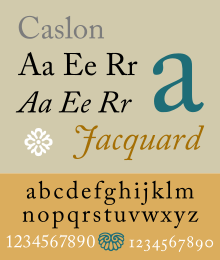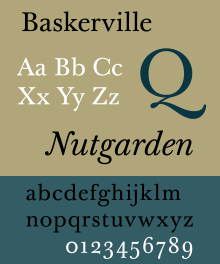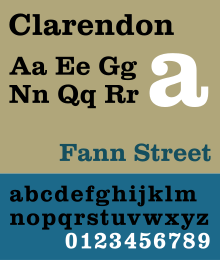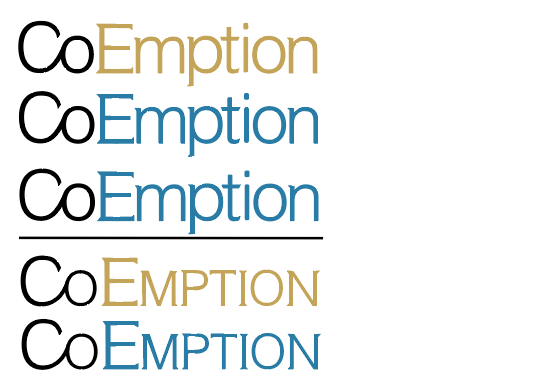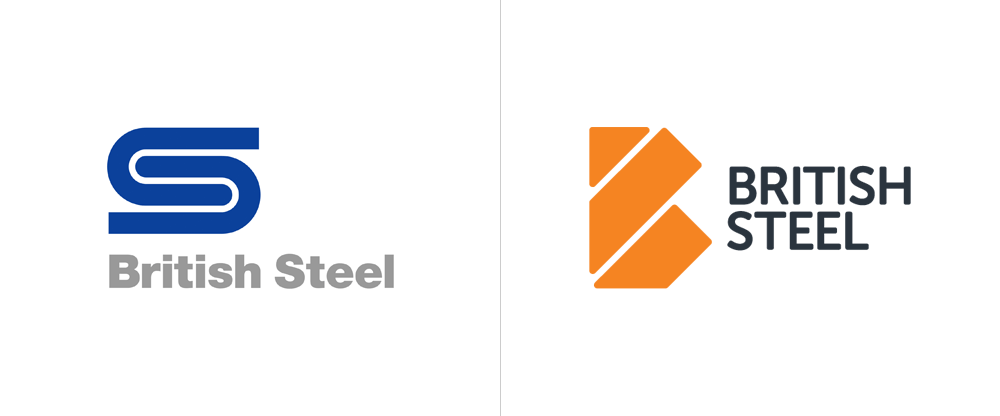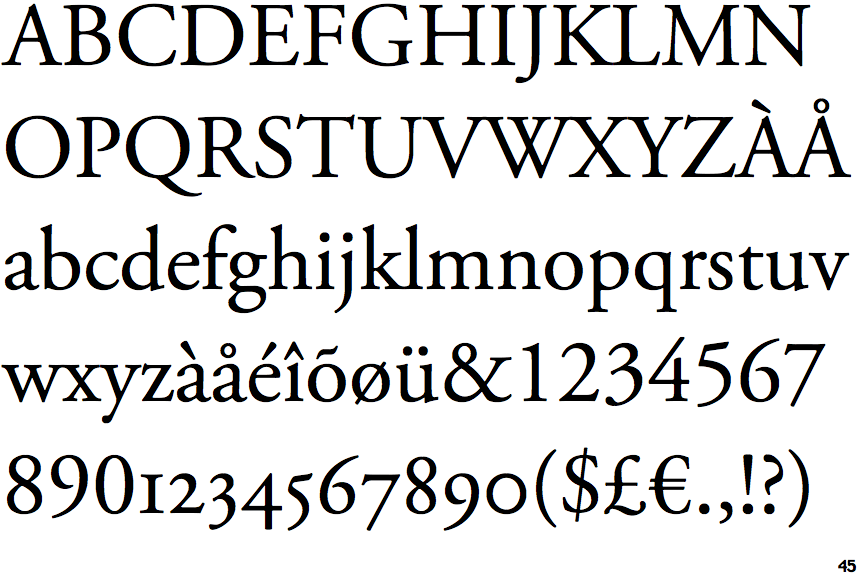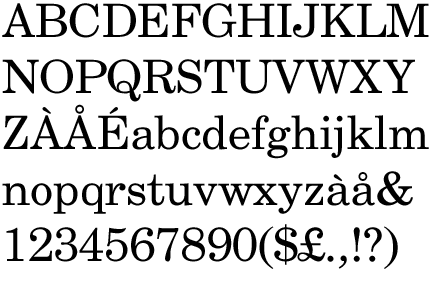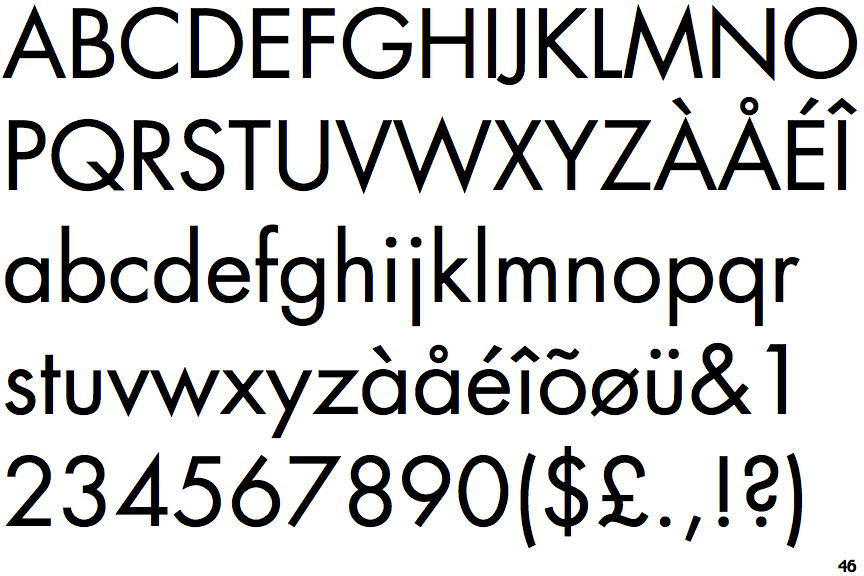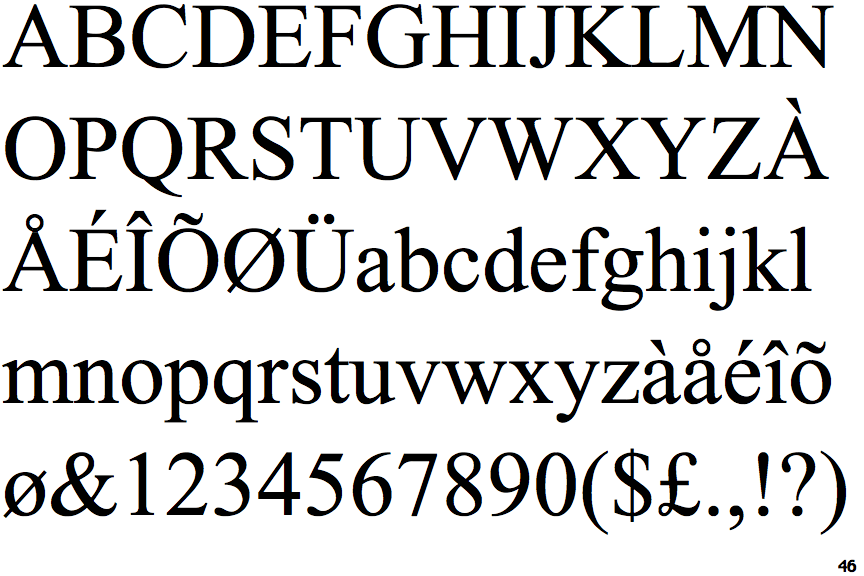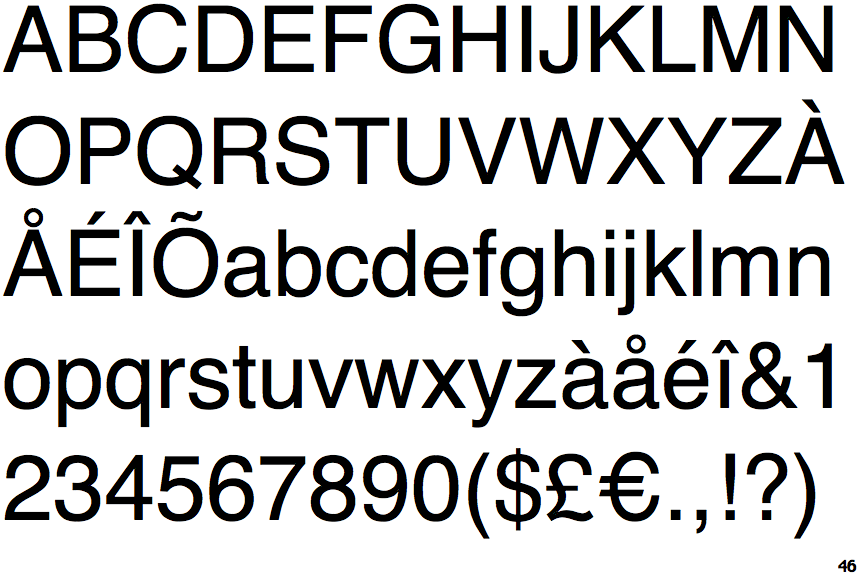synonyms: spiteful, malevolent, hostile, bitter, venomous, poisonous, evil, ill-natured, vindictive, vengeful, harmful, nasty, mischievous, cruel, destructive
Idea 1: Clarendon is bold and has strong strokes and features. It’s been used in the past for ‘WANTED’ posters in the wild west so it connotes rule-breaking and crime, which links to my chosen word. It’s block-serifs create a harsh and stubborn appearance. By increasing/decreasing the serif sizes, or even creating more contrast between the strokes, I could potentially represent different levels of maliciousness.
 |
| Fig.1 |
Idea 2: Caslon is a graceful and traditional font, it has gentle features. This makes it the complete opposite to my chosen word. By adding more aggressive and bold features, for example block serifs or stronger strokes, I could potentially create an interesting juxtaposition and communicate maliciousness in a more subtle manner.
 |
| Fig.2 |
Class Crit Responses
Which font (Clarendon or Caslon) do you think would be more interesting/effective at communicating maliciousness? Why?
- Clarendon gives off a more bitter vibe suggesting cruelty thus is more effective. From your drawing of the 2nd Clarendon [fig. 1] I think this shows maliciousness the best due to the bold serifs. However, you have rounded the letter 'R' and I don't think this works with the rest of the letters, so maybe try making it more harsh or just not curving it at all.
- The second manipulation (Clarendon) [Fig.1] conveys maliciousness more due to the sharp serifs. Unlike the previous comment, I quite like the rounded ‘R’. It adds more personality. However, I do see what the previous comment means. On the other hand, I do think that the typo looks fast. This is due to how you have extended the serifs. Maybe consider making them smaller. Also, will the typeface be just as effective in lowercase? Because I only see this long serif style working in uppercase.
- Caslon [Fig.2] I think will work best as the sharp serifs best represent maliciousness, almost looks like a weapon. It’s nice to have a challenge - changing a juxtaposing font. Maybe square off the ‘C’ shape so it no longer looks smooth. More sharp edges, manipulate the shape of the ‘C’. Inward sharp serifs - looks like teeth.
- I feel like out of the two Clarendon [Fig.1] is probably the most appropriate, as Caslon is too gentle & elegant to pull off a malicious vibe. The second iteration of Clarendon with the exaggerated serifs works well in my opinion, and conveys the malicious feeling you’re going for. Definitely stick to uppercase as the lowercase just wouldn’t be impactful enough to pull it off. Cliche stuff to avoid would be really retro horror movie style poster typefaces i.e. dripping blood writing and stuff like that.
My Responses
- I start will start developing my ideas for the Clarendon typeface, however I will also explore some of Caslon to keep my options open to potential.
- I will work more closely with serifs, exploring ways to communicate 'maliciousness' more evidently.
- I will explore my design with uppercase and lowercase letters, to see whether my designs work on both or are only effective on either one.

